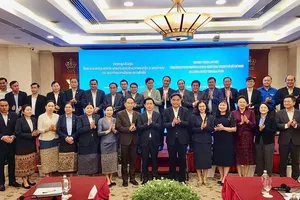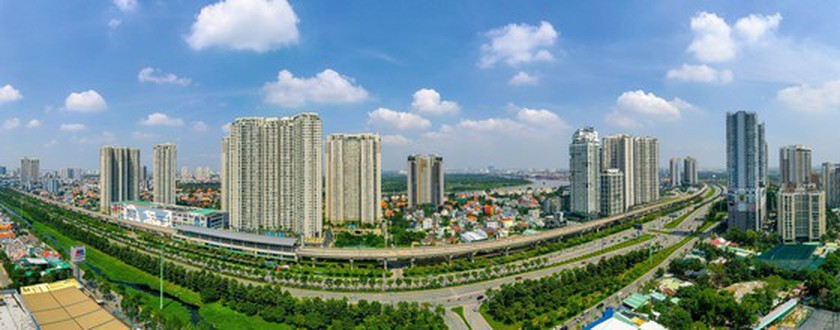
A 60-year dream
The connection of Thu Duc City, Bien Hoa City in Dong Nai Province and Ba Ria-Vung Tau Province creating a string of urban areas plays a main motivation to break the inertia and obstacles in the northeast of the Southeast region has been raised several generations ago.
The 31km-long Bien Hoa Highway, now known as Hanoi Highway, was built in 1957-1961, aiming at connecting Saigon, known as HCMC today, with Bien Hoa industrial hub. Before 1975, a few constructions were established along the road, such as universities, cement factories, textile manufacturers and ports.
In 1990, Japanese and Korean experts suggested the establishment of the urban string and widened the Hanoi Highway by 200-500m on each side.
The dream of setting up the chain of urban areas has been gradually carried out after more than 60 years.
The Metro No.1 project linking Ben Thanh Market in District 1 with Suoi Tien Tourist Park in Thu Duc City is one of the most important projects in HCMC. It has a total length of 19.7 km, including a 17.1km elevated section and 2.6km underground section and 14 stations comprising 11 elevated and 3 underground stations including Ben Thanh, Ba Son and City Opera House.
The Government has approved the extension of the city’s first metro route to the neighboring provinces of Binh Duong and Dong Nai.
Accordingly, the extra lines of around 2 km and 5km will be built from Suoi Tien station to Binh Duong and the Vung Tau intersection in Dong Nai respectively.
The metro line, as the backbone of the urban string, is expected to be put into operation at the end of 2021. The real estate market and service works along the metro route have become more bustling.
Magnets for investment
Long Thanh Airport in Dong Nai Province has become an attractive destination for local and foreign investors, such as Novaland, Nam Long, Phuc Khang, and others from South Korea, Singapore and Japan.
The construction work of Long Thanh International Airport began on January 5. The first phase of the project has a capacity of 25 million passengers and 1.2 million tons of cargo a year. The airport covering an area of around 5,000 hectares is designed to serve 100 million passengers and 5 tons of cargo a year. It is one of the key national projects, aiming at developing the aviation industry and connecting Vietnam with the world. The modern urban areas near the new airport will be established with an estimated population of 300,000-500,000.
HCMC- Long Thanh - Dau Giay Expressway is a part of the Vietnam North-South Expressway, connecting HCMC to Dong Nai Province. With a length of 56km, the road starts at An Phu Intersection in Thu Duc City and ends at Dau Giay in Dong Nai Province’s Thong Nhat District.
The investment plan to widen the existing four-lane road into 8-12 lane expressway to meet the rise in travel demand has been approved by the Government. It is expected to become a bloodline route carrying passengers and cargo as well as connecting river ports, airports and roads.
Besides, the establishment of Thu Duc City is a strategic breakthrough of HCMC. The new city will be developed into an innovation hub of industry, scientific research and services. It will be designed and built up in accordance with standards of urban planning, quality of life, high quality service to ensure the development of modern industries and meet demands of residents and enterprises. The first city using the city-within-city model in the country will help HCMC’s eastern region to become a core in the economic development of the southern hub and the Southern Key Economic Region. After establishment, Thu Duc City is expected to donate one-third of the city’s economy and contribute 7 percent of the country's GDP.
Thu Duc City spreading over more than 211sq.km and home to more than 1 million people will contribute to the forming of the chain of urban areas that covers an area of 500km2 and has a population of nearly 2 million. It is expected to be the hottest development destination in the country from now to 2050.



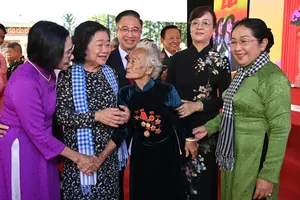
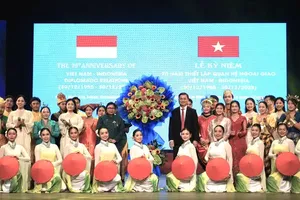
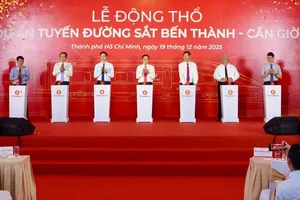
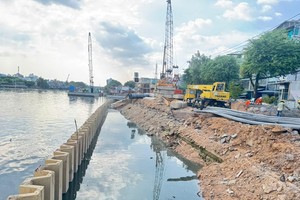
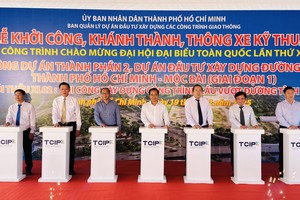
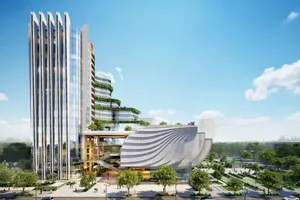
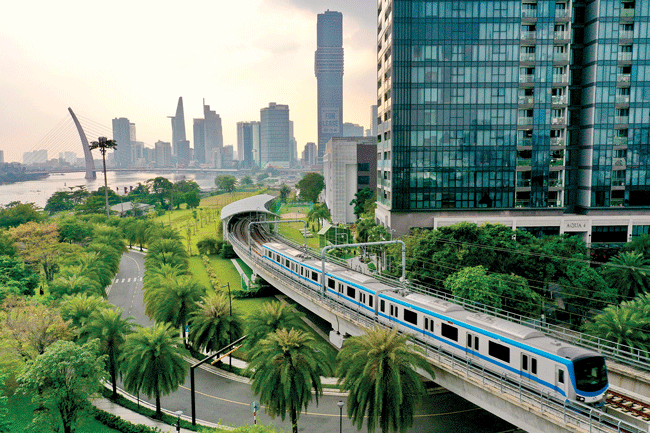
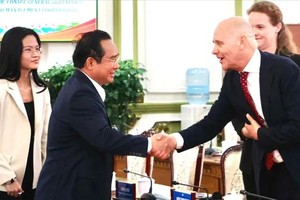

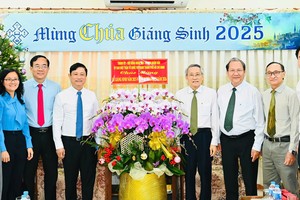
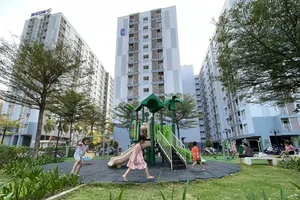

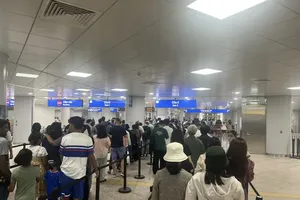
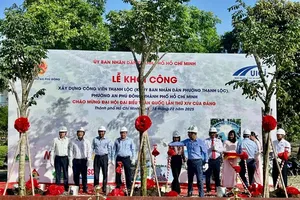

)
